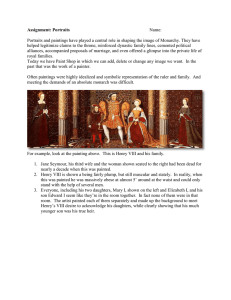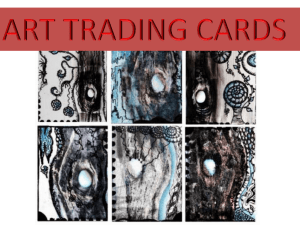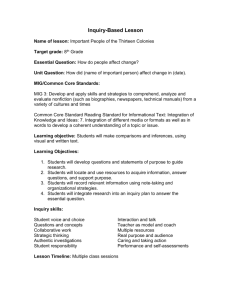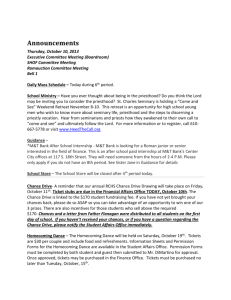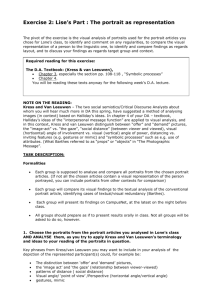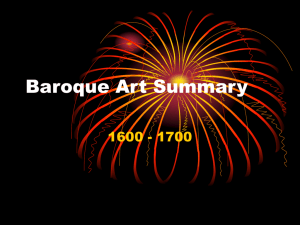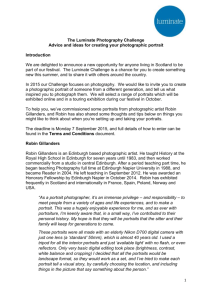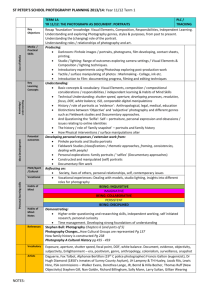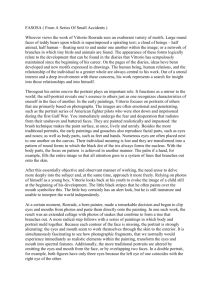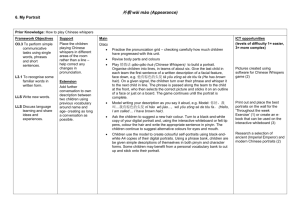Year 6 topic 1
advertisement
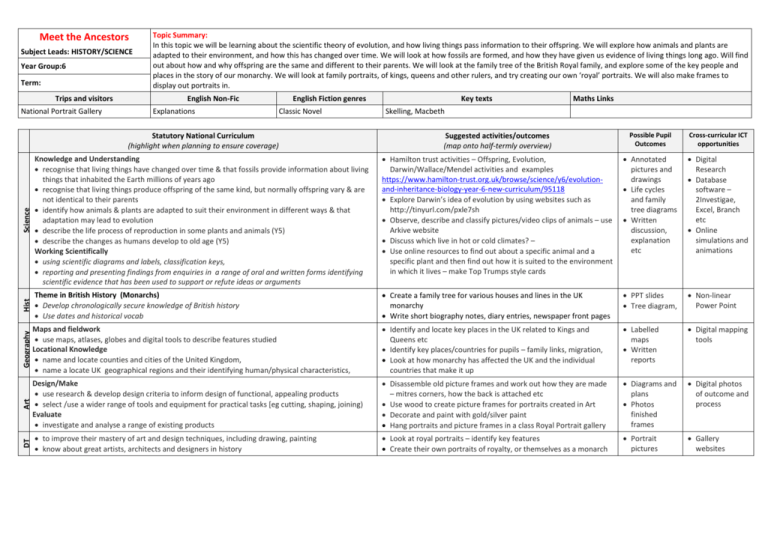
Meet the Ancestors Subject Leads: HISTORY/SCIENCE Year Group:6 Term: Trips and visitors English Non-Fic Maths Links Statutory National Curriculum (highlight when planning to ensure coverage) Suggested activities/outcomes (map onto half-termly overview) Possible Pupil Outcomes Cross-curricular ICT opportunities Science Knowledge and Understanding recognise that living things have changed over time & that fossils provide information about living things that inhabited the Earth millions of years ago recognise that living things produce offspring of the same kind, but normally offspring vary & are not identical to their parents identify how animals & plants are adapted to suit their environment in different ways & that adaptation may lead to evolution describe the life process of reproduction in some plants and animals (Y5) describe the changes as humans develop to old age (Y5) Working Scientifically using scientific diagrams and labels, classification keys, reporting and presenting findings from enquiries in a range of oral and written forms identifying scientific evidence that has been used to support or refute ideas or arguments Hamilton trust activities – Offspring, Evolution, Darwin/Wallace/Mendel activities and examples https://www.hamilton-trust.org.uk/browse/science/y6/evolutionand-inheritance-biology-year-6-new-curriculum/95118 Explore Darwin’s idea of evolution by using websites such as http://tinyurl.com/pxle7sh Observe, describe and classify pictures/video clips of animals – use Arkive website Discuss which live in hot or cold climates? – Use online resources to find out about a specific animal and a specific plant and then find out how it is suited to the environment in which it lives – make Top Trumps style cards Annotated pictures and drawings Life cycles and family tree diagrams Written discussion, explanation etc Digital Research Database software – 2Investigae, Excel, Branch etc Online simulations and animations Hist Skelling, Macbeth Theme in British History (Monarchs) Develop chronologically secure knowledge of British history Use dates and historical vocab Create a family tree for various houses and lines in the UK monarchy Write short biography notes, diary entries, newspaper front pages PPT slides Tree diagram, Non-linear Power Point Geography Classic Novel Key texts Maps and fieldwork use maps, atlases, globes and digital tools to describe features studied Locational Knowledge name and locate counties and cities of the United Kingdom, name a locate UK geographical regions and their identifying human/physical characteristics, Identify and locate key places in the UK related to Kings and Queens etc Identify key places/countries for pupils – family links, migration, Look at how monarchy has affected the UK and the individual countries that make it up Labelled maps Written reports Digital mapping tools Art Explanations English Fiction genres Design/Make use research & develop design criteria to inform design of functional, appealing products select /use a wider range of tools and equipment for practical tasks [eg cutting, shaping, joining) Evaluate investigate and analyse a range of existing products Disassemble old picture frames and work out how they are made – mitres corners, how the back is attached etc Use wood to create picture frames for portraits created in Art Decorate and paint with gold/silver paint Hang portraits and picture frames in a class Royal Portrait gallery Diagrams and plans Photos finished frames Digital photos of outcome and process DT National Portrait Gallery Topic Summary: In this topic we will be learning about the scientific theory of evolution, and how living things pass information to their offspring. We will explore how animals and plants are adapted to their environment, and how this has changed over time. We will look at how fossils are formed, and how they have given us evidence of living things long ago. Will find out about how and why offspring are the same and different to their parents. We will look at the family tree of the British Royal family, and explore some of the key people and places in the story of our monarchy. We will look at family portraits, of kings, queens and other rulers, and try creating our own ‘royal’ portraits. We will also make frames to display out portraits in. to improve their mastery of art and design techniques, including drawing, painting know about great artists, architects and designers in history Look at royal portraits – identify key features Create their own portraits of royalty, or themselves as a monarch Portrait pictures Gallery websites
